I am so happy to have Anne-Marie Morey from the BayTreeBlog.com as a guest blogger! I absolutely LOVE Anne-Marie’s blog and she’s my go-to gal for issues relating to dyslexia. After reading her post, be sure to visit her blog and download her FREE Workbook for Letter Reversals!! The link is included below!
The Ultimate Teacher’s Guide to Letter and Number Reversals
Have you ever worked with a student who reverses her letters? Maybe you’ve seen something like this before?
Chances are good then that you’re as frustrated over reversed b/ds and p/qs as your students are. My students get so discouraged when they’ve finally cracked the reading code, but they still struggle with letter reversals.
Unfortunately, there is minimal research on the subject and there are even fewer educational resources. Interest in reversals has waned because research has shown that literacy problems arise primarily from weaknesses in phonological awareness. No one seems to want to even to talk about reversals now that it has been demonstrated that visual processing issues do not cause dyslexia.
Yet, for a small subgroup of children, reversals remain a real and lasting challenge (Brooks, Berninger, &Abbott, 2011). For the students who make many reversals, it’s harder for them to read and express their ideas in writing. Research backs this up: individuals who make letter reversals self-report feelings of psychological stress (Brooks et. al., 2011).
Luckily, research has now revealed that children who persist in making letter reversals share a few key characteristics:
- Children with dyslexia are more likely to make reversals (Brooks et. al., 2011).
- Reversals appear to be associated with working memory deficits (Brooks et. al., 2011).
- Reversals may be related to deficits in the left occipital-temporal region that lead to both phonological and visual processing deficits (Dehaene, 2009).
- Letter reversals are common for young writers. Occasional reversals are typical up through age 8.
- Not all children who reverse letters have dyslexia.
Here’s the good news- by pinpointing working memory deficits as the cause of letter reversals, we can target intervention. Specific techniques can help prevent letter reversals before they start, and they help children who produce reversals overcome this challenge (Brooks, 2003).
5 Ways to Help Prevent Letter Reversals
1. Prioritize Handwriting Instruction
Quality handwriting instruction appears to reduce the overall incidence of letter reversals (Berninger et. al., 2006). Just as great phonemic awareness instruction in early grades can lead to later successes in reading and writing achievement (Byrne & Fielding-Barnsley, 1995), early handwriting instruction leads to long-lasting benefits in writing composition skills. Research on writing is unequivocal: students who have handwriting instruction are less likely to make reversals (Berninger et. al., 2005). They’re more likely to become capable writers in the years and decades to come (Graham, 2010).
To download this free Handwriting Instruction Checklist just click the following link: Handwriting Instruction Checklist
2. Provide Visual and Verbal Cues
Research has pinpointed one element of handwriting instruction that seems the most powerful in preventing reversals- verbal and visual cues. Verbal cues are precise, specific directions to form letters and numbers. They help students remember the sequence of strokes. They are most effective for kindergarteners or children with severe handwriting challenges. This instruction even seems to help with letter recognition (Berninger et. al., 2006)! Once children enter first grade, visual cues seem to be even more effective. Children study a model of the letter that includes numbered arrows. These arrows show the child the sequence and direction of each stroke in the letter. Children then cover up the model and reproduce the model from memory. For children who reverse letters, this method is the only research-based method proven to “reduce reversals substantially” (Berninger et. al., 2006). This is a sample activity page with visual cues from the Eliminating Letter Reversals Workbook:
The Eliminating Letter Reversals Workbook is available for FREE at Bay Tree Blog.
3. Introduce Letters in Specialized Groups
Hands down, the easiest way to prevent letter reversals is to modify the sequence in which letters are introduced to new writers. Rather than introducing letters in alphabetical order, introduce letters by the type of stroke (Berninger, & Wolf, 2009). It’s most important to teach “b” and “d” at different times.
Teach the letters that begin with a stroke down (l, h, b, m, n, r, p, t). Then teach the “2 o’clock” letters: c, o, d, g, qu (Berninger & Wolf, 2009). The genius of this sequence is that b/d and p/q are taught at different times.
Experts recommend programs that are well sequenced like Handwriting Without Tears and Loops and Groups.
4. Determine Hand Preference
Most children come to kindergarten with a clear hand preference, but a few students do need help figuring out which hand is dominant. If children keep switching between their left and right hands, they’re more likely to make letter reversals (Berninger & Wolf, 2009). Switching between hands interferes with motor memory and can cause letter reversals. Here’s how renowned writing expert, Dr. Virginia Berninger, recommends determining hand preference.
To download this FREE Determining Hand Preference handout just click the following link: Determining Hand Preference
5. Screen Handwriting
A brief, whole-class handwriting screening can help you identify any red flags with letter reversals. The 10-15 minutes it takes to administer a handwriting screening is well worth it. Results from a screening help pinpoint which letters kids are reversing, so you can provide a brief intervention before the child develops hard-to-overcome habits. Handwriting Without Tears provides a FREE screener on their website.
HOW TO INTERVENE
6. Use Multisensory Instruction
For decades, dyslexia specialists have recommended multisensory instruction, and now research backs up these claims (Berninger & Wolf, 2009). Instruction that simultaneously helps the student use visual, auditory, and kinesthetic modalities can help with letter reversals. Multisensory activities can include Montessori sandpaper letters, Orton-Gillingham sand writing, and Lindamood-Bell air writing.
For kinesthetic learners, some writing tools seem to provide stronger feedback. Julie talks about a few tips here. Softer leads may provide greater sensory feedback to children. Similarly, traditional chalk may be preferable to whiteboard pens.
Even my students who don’t normally enjoy handwriting practice love this multisensory technique from Handwriting Without Tears.
7. Don’t Expect Typefaces to Make a Big Difference
Recently, the media has held up two typefaces as a silver bullet for individuals with dyslexia. Typefaces like Dyslexie and OpenDyslexic take letters like “b” and “d” that are mirror-images and make them look different from each other. The OpenDyslexic creator claims, “The unique shapes of each letter can help prevent confusion through flipping and swapping.”
Sounds too good to be true? Apparently so. Empirical research does not support the usefulness of these programs (Rello, L. & Baeza-Yates, R. 2013). Researchers funded by the Spanish Ministry of Education, concluded that specialized typefaces for individuals with dyslexia do not improve reading.
While typefaces will not make a significant difference for kids who are struggling to read or write, some evidence suggests that some word processor typefaces are easier to read. Some preferred typefaces include: Helvetica, Arial, Courier, and Verdana. Researchers also recommend avoiding italics.
8. Seek Professional Development
Students benefit from instruction taught by teachers who have had professional training in handwriting (Graham, 2010). Students make greater improvements in handwriting; plus, handwriting skills appear to transfer to higher quality compositions. Despite these benefits, only 12% of American educators say that they’ve received adequate training in how to teach handwriting (Graham, 2010). A course can reignite your enthusiasm for handwriting and equip you with effective tools.
Though many instructors brush off reversals as inconsequential, the reversals are distressing for the children who produce them. For the students who make reversals past age 9, we owe it to them to both acknowledge their challenges and reassure them that reversals are small glitches that won’t interfere in their abilities to be great readers and writers. I hope you’ll agree with me that our students deserve great handwriting instruction and quality reversal intervention.
Anne-Marie Morey is a board-certified educational therapist in private practice in San Mateo, California. When she’s not teaching children with dyslexia and other learning disabilities, she loves sharing teaching strategies, resources, and materials at BayTreeBlog.com.
P.S.- If you have students who struggle with letter reversals, we’ve got a FREE Workbook for Letter Reversals at BayTreeBlog.com


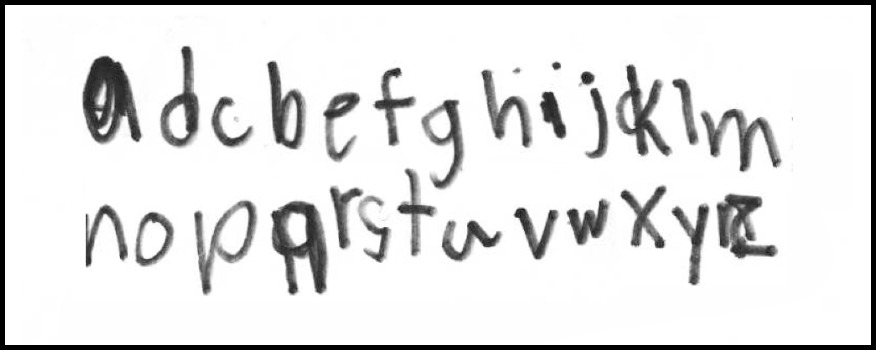

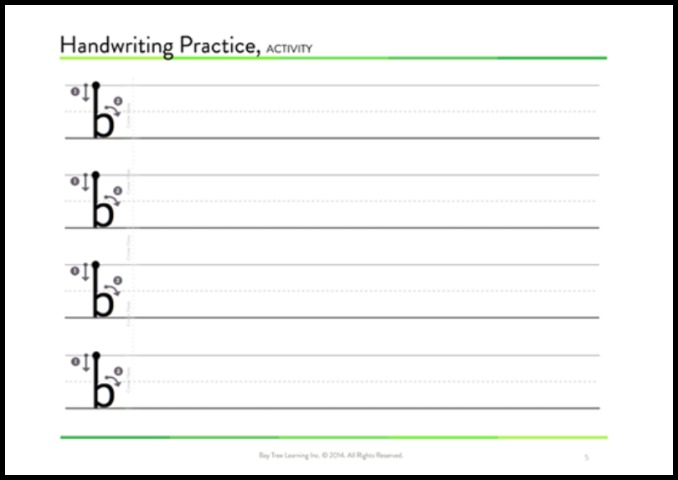

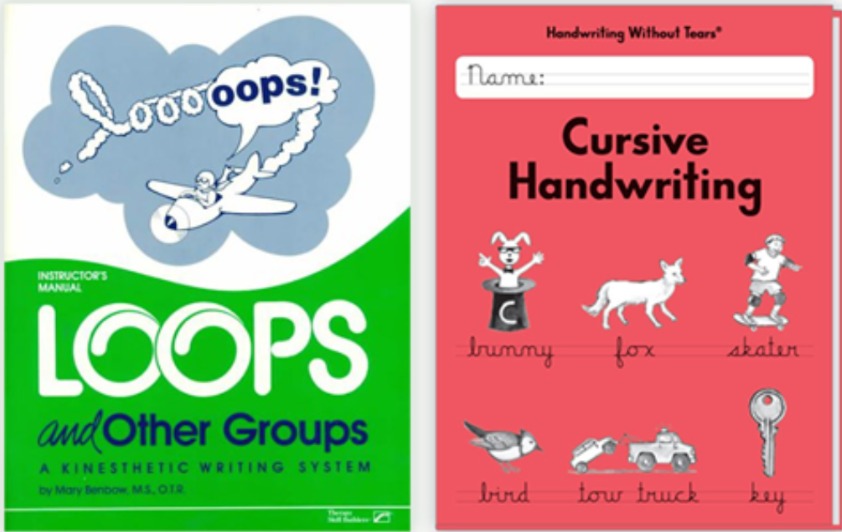
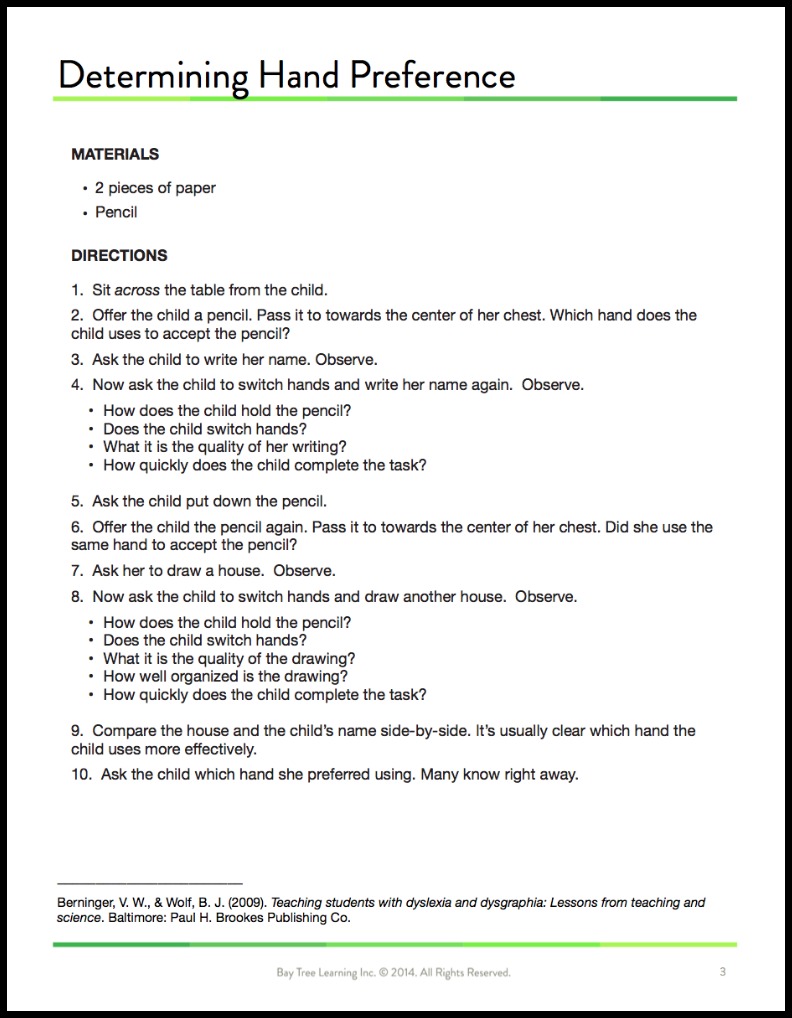
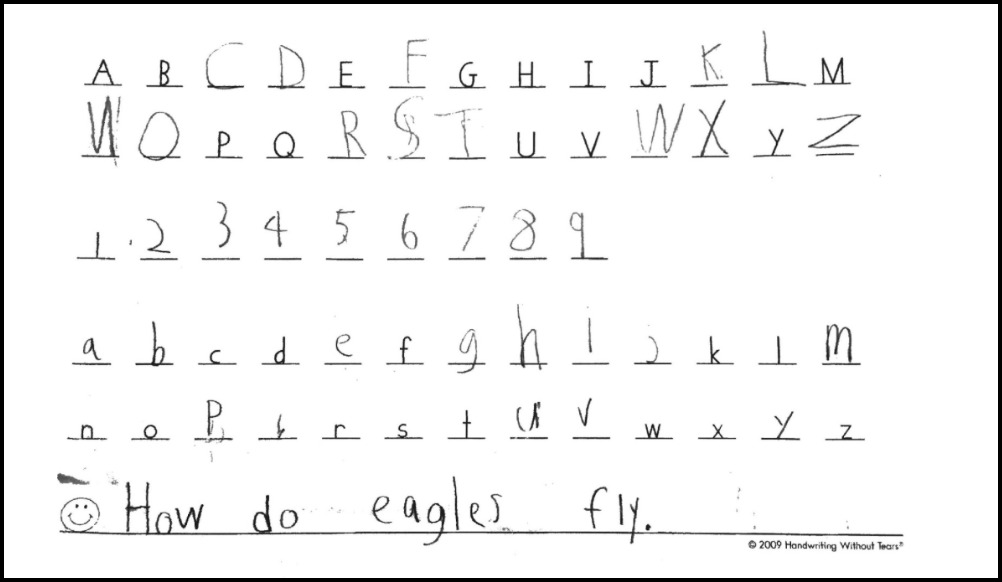
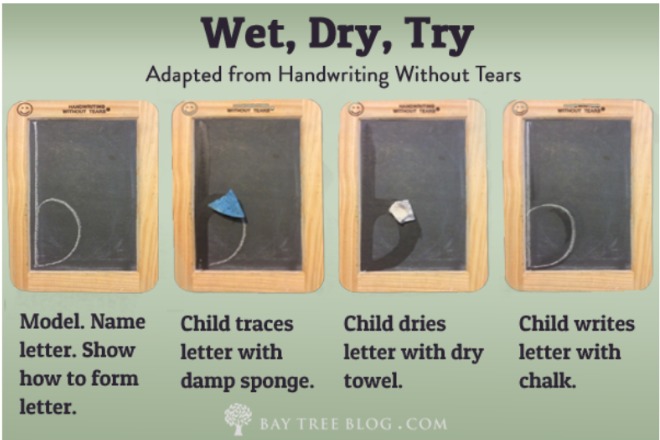


This is a fantastic article with great resources. I went to a conference this summer and sat in on session where the speaker spoke about how important it is to teach children in the primary grades good handwriting skills. She said that this will make them become better writers. This article further confirms that belief! Thanks Julie for posting this! Linda Groce
Thanks so much for having me, Julie. @LindaGroce I’m so glad you found the article helpful!
My daughter is in 1st Grade & having serious handwriting & reading issues. I’ve taught Upper Elem. Reading for 10+ yrs and this is a huge stressor for me. I am working closely with her teacher but I am terrified of the future. Luckily, her school uses Handwriting without Tears. I believe this has been our saving grace.
Deniece